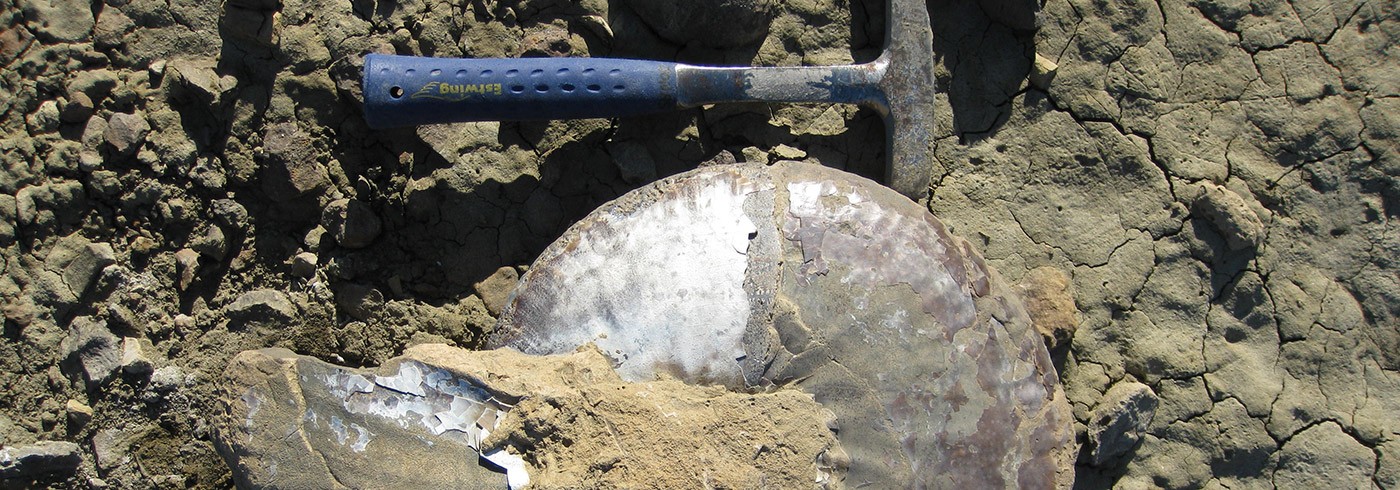In December, the Italian research vessel M/V Italica sailed from Christchurch, New Zealand. The research expedition was organised by the German Federal Institute for Geosciences and Natural Resources (BGR) and was a part of the programme German Antarctic North Victoria Land Expedition (GANOVEX). 23 researchers participated in the expedition, most of them geologists from BGR, and geophysicists from the German aeronautics and space research centre (DLR). The two Swedish participants from the Swedish Museum of Natural History were the expedition’s paleontologists.
Fossils in Victoria Land
The aim of the expedition was to study the bedrock and the geological history of the supercontinent Gondwana. The researchers primarily worked in Permian rocks in Helliwell Hills, but also in other areas with Devonian and Carboniferous rocks. In the Transantarctic Mountains, the researchers worked in areas with rocks from the Triassic and Jurassic periods. Thanks to helicopter support throughout the expedition, researchers were able to work in very remote regions where paleontological fieldwork rarely, or never, has been performed before. The field work areas consists of sedimentary, terrestrial rocks, which were formed in sea and river environments.
The vertebrate paleontologist Thomas Mörs is studying fossil vertebrates, including fish and early tetrapods from the Devonian and Carboniferous periods, and reptiles, especially those located in the evolutionary line of mammals from the Permian, Triassic and Jurassic periods, as well as dinosaurs from the Triassic and Jurassic periods. New findings can provide more data on the animal history in the Antarctic part of Gondwana and provide better dating of continental rocks. Benjamin Bomfleur is a paleobotanist, and is mainly interested in plant fossils to get new data on Antarctic paleoenvironments.
Principal investigator
Thomas Mörs
Department of Paleobiology, Swedish Museum of Natural History

